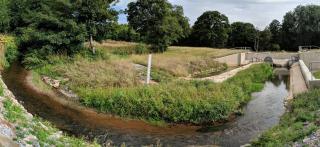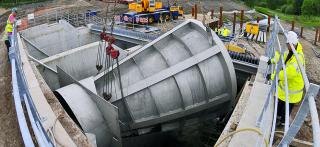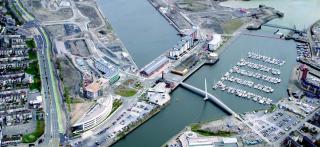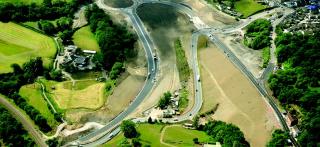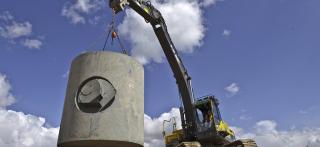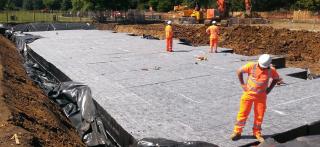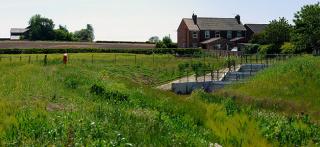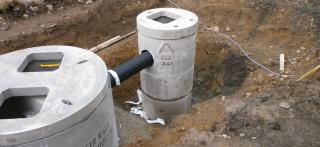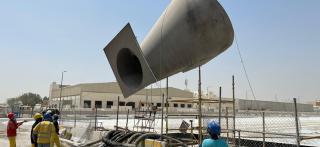
England's Best Kept SuDS Secret
A pioneering drainage project on a Hampshire housing development, acclaimed as a national example of good practice, was only made possible by 18 of the country’s best-kept SuDS secrets.
The 1900-home Elvetham Heath development at Fleet is hailed as a shining example of Sustainable Drainage Systems (SuDS) using linked swales and ponds. It is featured in the UK Government’s seminal Response to the Pitt Review, the forerunner of the Flood and Water Management Act.
But what the report does not point out that it is the performance of 18 Hydro-Brake® Flow Control devices that enables the SuDS scheme to operate successfully.
Situation
Built during the late 1990s by Persimmon Homes, the Elvetham Heath site was developed over sandy soil, which offered some infiltration through soakaways at the top of the site, but none at the lower end.
Problem
To protect against surface water flooding, the Environment Agency required runoff rates from the impermeable surfaces of 2.72 litres per second per hectare, representing a 1 in 50 year event - a standard requirement at that time.
In addition, the drainage solution needed to protect an area of the site designated as a nature reserve both during the construction phases and beyond.
Solution
The landmark SuDS scheme was enabled by the use of 18 Hydro-Brake® Flow Controls to provide balancing and buffering of the surface water runoff.
Setting aside more land for large pond containment was not feasible. So smaller SuDS features protected with strategically located Hydro-Brake® Flow Controls were designed to attenuate the flow of surface water. In this way, the lower levels of the site and the discharge into the watercourse were not overloaded.
People see the numerous swales and large ponds when walking or driving around Elvetham Heath but probably don’t appreciate that many of them are interconnected," said Ryan Lundy, senior civil engineer for Bradbrook Consulting. "The strategically placed Hydro-Brake® Flow Controls provide balancing and buffering of the surface water runoff. Across the whole site the runoff is regulated by gravity and the storm water drainage strategy is achieved without the use of pump stations.”






